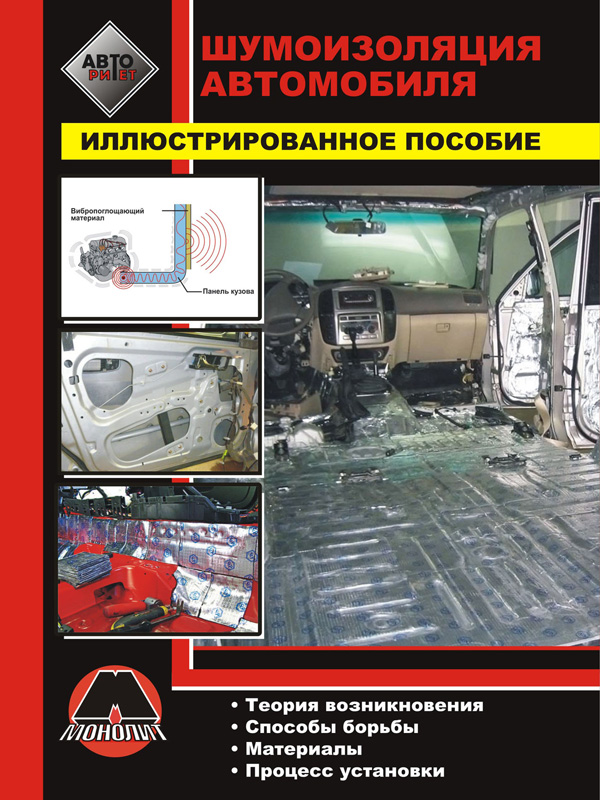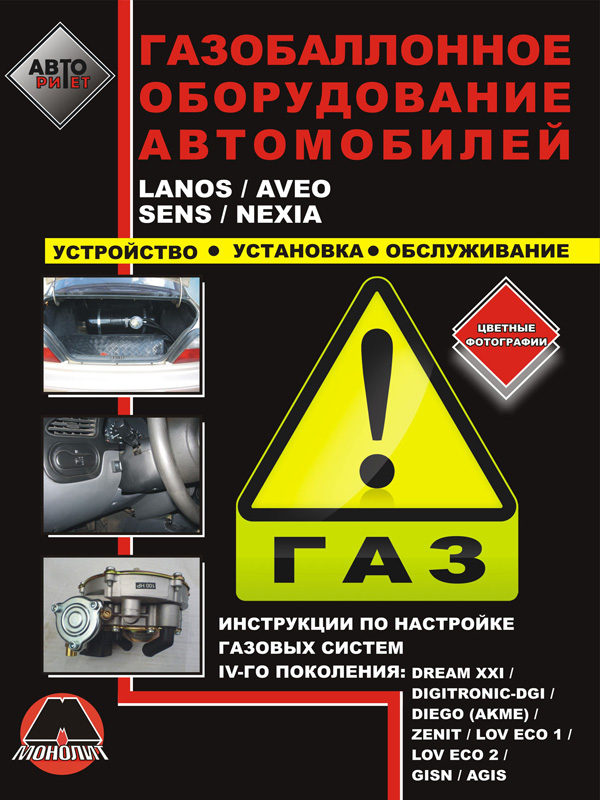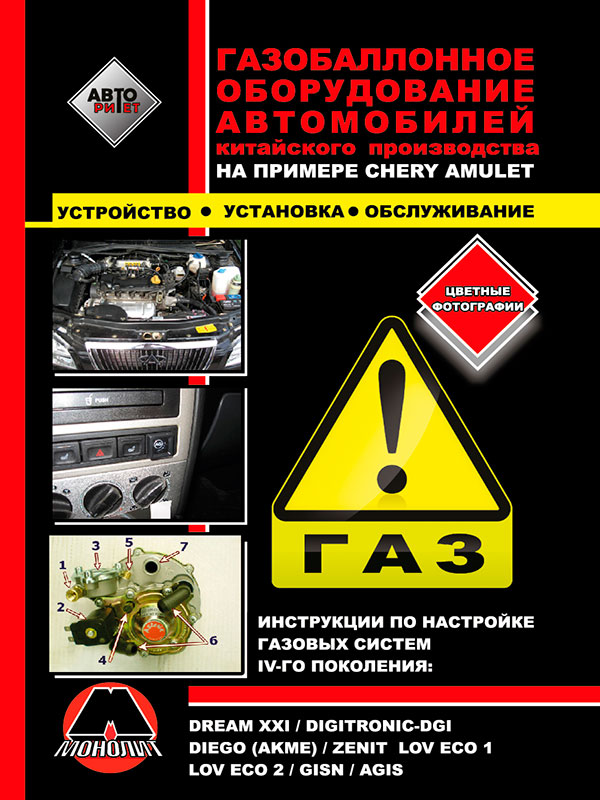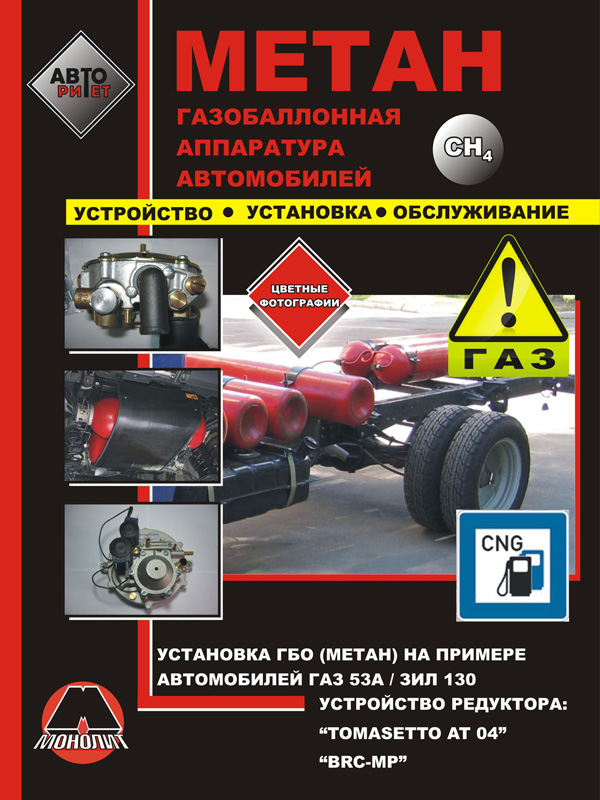 Gas Installation Technology
Gas Installation Technology
Автор: R. Treloar D.
Год издания: 0000
The second edition of Gas Installation Technology will be of interest to all concerned with gas installation work, whether plumbers, heating engineers or dedicated gas fitters. It continues to provide a definitive text for students taking NVQ gas installation and plumbing courses, and a useful reference for operatives renewing their gas competences. Brought fully up to date to comply with the latest regulations and best practices, it covers domestic, commercial and LPG installations, and provides essential information in a concise, readable, colourful and highly illustrated format. The new edition features enhanced diagrams and photographs to aid understanding. The second edition of Gas Installation Technology continues to be a companion to the author’s highly successful textbook, Plumbing, and together both books offer plumbers, heating engineers and gas fitters, or students of these disciplines, unrivalled coverage of their subject. Fully revised to cover the latest legislation, best practices and current installation procedures, it covers domestic, commercial and LPG installations Still the only textbook devoted to domestic gas, commercial gas and LPG installation Concise and readable, heavily illustrated with colour diagrams and photographs to aid understanding and recall
 Installation of noise insulation materials car, in eBook
Installation of noise insulation materials car, in eBook
Автор: Монолит
Год издания:
Content
Introduction
The theory of the emergence and spread of noise in the car
Methods for noise control in the vehicle
Review of materials used in sound insulation
Installation diagram noise insulation coating
Examples of sound insulation installation
Application
 Installation of gas balloon equipment on the example of Lanos / Aveo / Sens / Nexia, book in eBook
Installation of gas balloon equipment on the example of Lanos / Aveo / Sens / Nexia, book in eBook
Автор: Монолит
Год издания:
Content
Introduction
- Is it worth to install gas-cylinder equipment (GBO)
- The difference between propane and methane
General information
- Propane-butane
- Chemical composition of propane-butane mixture
- Octane number
- Detonation in the engine
- Compression ratio
- Compression
- TDC
- Ignition timing
Classification of GBO
The composition of the GBO
- Second generation GBO injection kit
- Injection kit of 3rd generation GBO
- Injection kit of the 4th generation GBO
Gas reducer
- The device and operation of the gas reducer
- on an example of an electronic reducer Tomasetto AT-07
Adjustment of the 2nd and 3rd generation GBO reducer
- 1st stage - power adjustment (only for GBO 2nd generation)
- 2nd stage - adjustment of the XX
Gas engine operation
- What happens in the cylinder
- Why combustion is disrupted
- What happens when the engine is running on gas
- Ensuring the efficiency of the catalyst
- Maintenance of the coordination of a signal of a lambda-probe (oxygen gauge) at work on gas with gasoline
- electronic engine control unit (ECU)
What burns in the engine?
Other issues
- Advantages of GBO
- What are the bottles
- Gas consumption relative to gasoline. Dynamics on gas
- Does the presence of GBO to work on gasoline
- Getting Started on cold weather
- How often to change the air filter when driving on gas
- GBO and spark plugs
A little general about the systems of the 4th generation GBO
- The gas injection system "Favorit"
- Gas injector
About manufacturers
- Standard layout of the 2nd generation GBO installation
- Installation
- Scheme of installation of third generation GBS
- Scheme of installation of the 4th Generation GBO
- Variants of the arrangement of equipment of different cars (photo)
- Safety measures for maintenance and operation of GBO
Manuals for tuning gas systems of the IV generation
- Instruction to the Dream XXI system of sequential gas injection
- Connection and programming instructions for the Digitronic-DGI controller
- Instructions for configuring Diego controllers (AKME)
- Connection and programming instructions for the ZENIT controller
- Installation and operation of LOV ECO 1
- Installation and operation of LOV ECO 2
- Gisn Software user's guide
- Preliminary stage
- Agis gas injection controller software documentation
- Advanced settings
 Installation of gas balloon equipment on the example of Chery Amulet, book in color photo in eBook
Installation of gas balloon equipment on the example of Chery Amulet, book in color photo in eBook
Автор: Монолит
Год издания:
Content
Introduction
- Should I put GBO (gas cylinder equipment)
- The difference between propane and methane
General information
- Propane-butane
- Chemical composition of propane-butane mixture
- Terms
Classification of GBO
- First generation of GBOs
- The second generation of GBO
- The third generation of GBO
- The fourth generation of GBO
- The fifth generation of GBO
The composition of the GBO
- Injection kit GBO 2-nd generation:
- Injection kit of 3rd generation GBO:
- Injection kit of the 4th generation GBO:
Gas reducer
- The device and operation of the gas reducer
- on an example of an electronic reducer Tomasetto AT-07
Adjustment of the 2nd and 3rd generation GBO reducer
- 1st stage - power adjustment (only for GBO 2nd generation)
- 2nd stage - adjustment of the XX
Gas engine operation
- What happens in the cylinder
- Why combustion is disrupted
- What happens when the engine is running on gas
- Ensuring the efficiency of the catalyst
- Maintenance of the coordination of a signal of a lambda-probe (oxygen gauge) at work on gas with gasoline
- electronic engine control unit (ECU)
What's burning in the engine
- The question: "What burns in the engine?"
- Risk of fire of a car
Other issues
- Advantages of GBO
- What are the bottles
- Gas consumption relative to gasoline. Dynamics on gas
- Does the presence of GBO to work on gasoline
- Getting started in cold weather
- How often to change the air filter when driving on gas
- GBO and spark plugs
Slightly in common with the 4th generation GBO systems
- The gas injection system "Favorit"
- Gas Injector
About manufacturers
- Standard layout of the 2nd generation GBO installation
- Scheme of installation of third generation GBS
- Scheme of installation of the 4th Generation GBO
- Safety measures for maintenance and operation of GBO
 Installation of gas balloon equipment on the example of GAZ 53A / ZIL 130, book in color photo in eBook
Installation of gas balloon equipment on the example of GAZ 53A / ZIL 130, book in color photo in eBook
Автор: Монолит
Год издания:
Content
Introduction
- The difference between propane and methane
General information
- Sources of methane production
- Octane number
- Detonation in the engine
- Compression ratio
- Compression
- TDC
- Ignition timing
- Gas engine operation
- What happens in the cylinder
- Why combustion is disrupted
- What's going on in the engine
- Durability of the engine
- Historical background
- Principle of operation of the DGC gas system
- Means to reduce valve wear
- HBO and spark plugs
- Risk of car fire: switch off the petrol pump (in injection machines)
- This is dangerous
- Gas consumption relative to gasoline: dynamics on gas
- Does the presence of GBO to work on gasoline
- Getting started on cold weather
- How often to change the air filter when driving on gas
- About manufacturers
Classification of GBE
- First generation of GBEs
- The second generation of GBE
- The third generation of GBE
- The fourth generation of GBE
- The fifth generation of GBE
The composition of the GBE
- Variants of the layout of cylinders and the total mass of cylinders
- Gas reducer
GAZ-53A (Methane)
- A set of gas-cylinder equipment for the GAZ-53A car
- Warnings
- Brief technical specification
- General characteristics of the equipment
- Installing a gas-cylinder unit on a car
- Commissioning and adjustment of gas cylinder equipment
- Operation of a gas cylinder vehicle
- Malfunctions of gas equipment and their elimination
- Maintenance
ZIL-130 (Methane)
- A set of gas-cylinder equipment for the ZIL-130 car
- Warnings
- Brief technical specification
- General characteristics of the equipment
- Installing a gas-cylinder unit on a car
- Commissioning and adjustment of gas cylinder equipment
- Operation of a gas cylinder vehicle
- Malfunctions of gas equipment and their elimination
- Maintenance
Map of maintenance of gas-cylinder equipment
The device and operation of the gas reducer Tomasetto-at 04
The design and operation of the BRC-MP gas reducer
Gearbox adjustment
 Chemistry, Technology and Properties of Synthetic Rubber
Chemistry, Technology and Properties of Synthetic Rubber
Автор: D. Beskrovniy
Год издания:
The manual is intended for the 5th year students of the Polymer Faculty of 020015 «Chemical Technology» course. The manual reflects the current state of the elastomers science and production technologies. The focus is on technological methods, based on the scientific understanding of the chemistry in the synthesis of general-purpose and special rubbers, their properties and applications.The content of the manual corresponds to the program of the course «Technology of Elastomers». Published by the decision of the Editing and Publishing Board of Kazan National Research Technological University
 Installation of gas balloon equipment on the example of Lanos / Aveo / Sens / Nexia, book in eBook
Installation of gas balloon equipment on the example of Lanos / Aveo / Sens / Nexia, book in eBook
 Installation of gas balloon equipment on the example of Chery Amulet, book in color photo in eBook
Installation of gas balloon equipment on the example of Chery Amulet, book in color photo in eBook
 Installation of gas balloon equipment on the example of GAZ 53A / ZIL 130, book in color photo in eBook
Installation of gas balloon equipment on the example of GAZ 53A / ZIL 130, book in color photo in eBook


